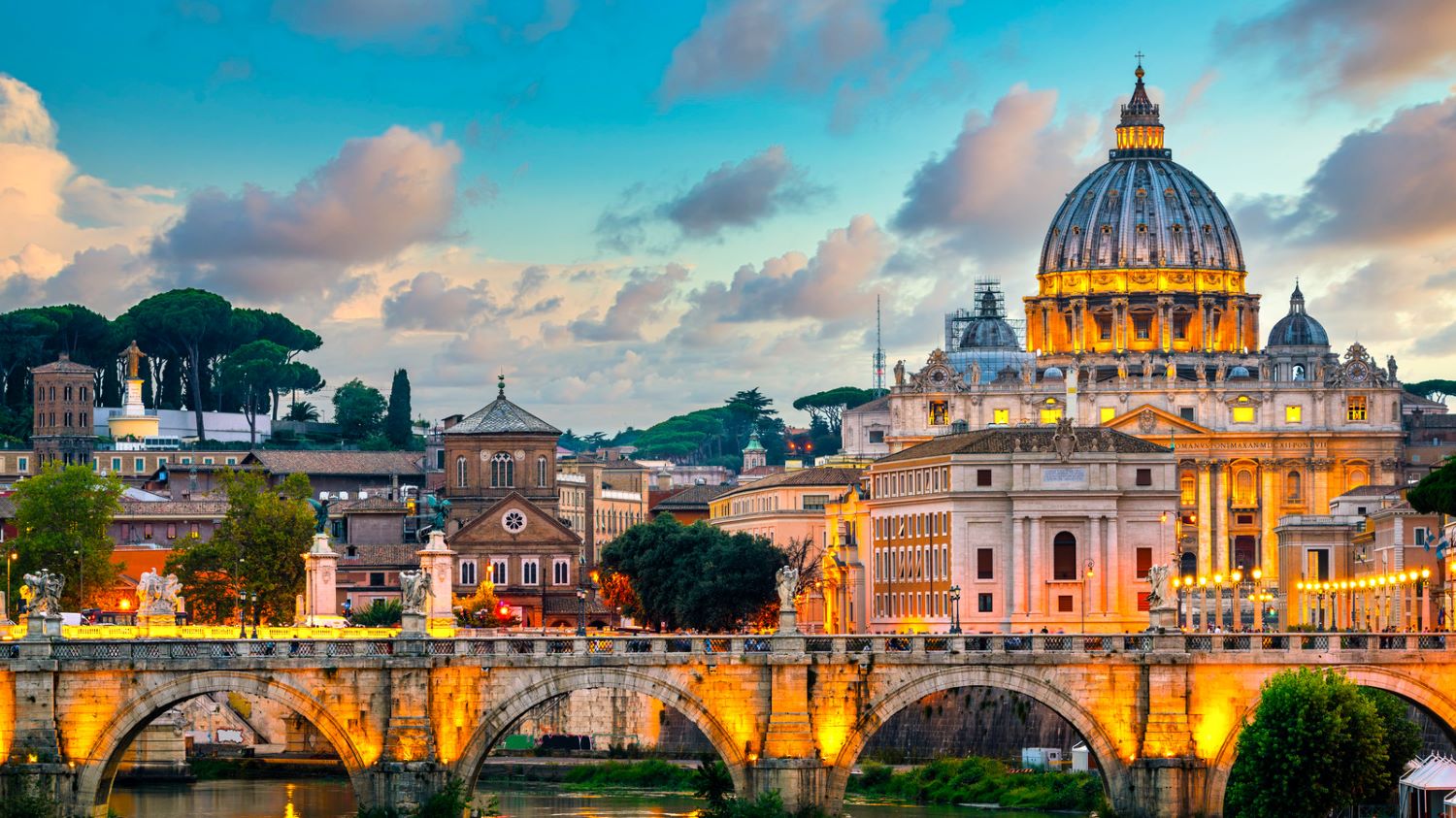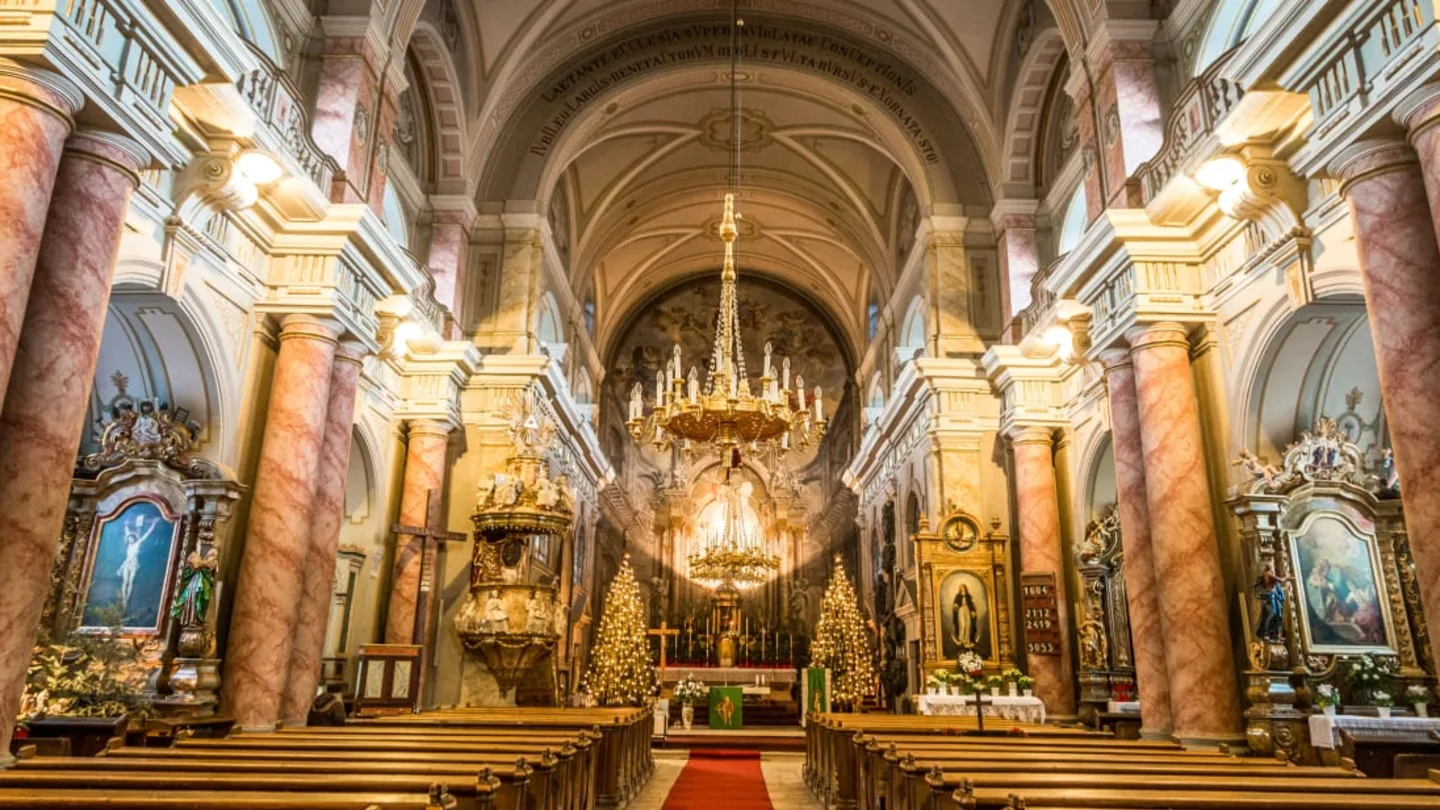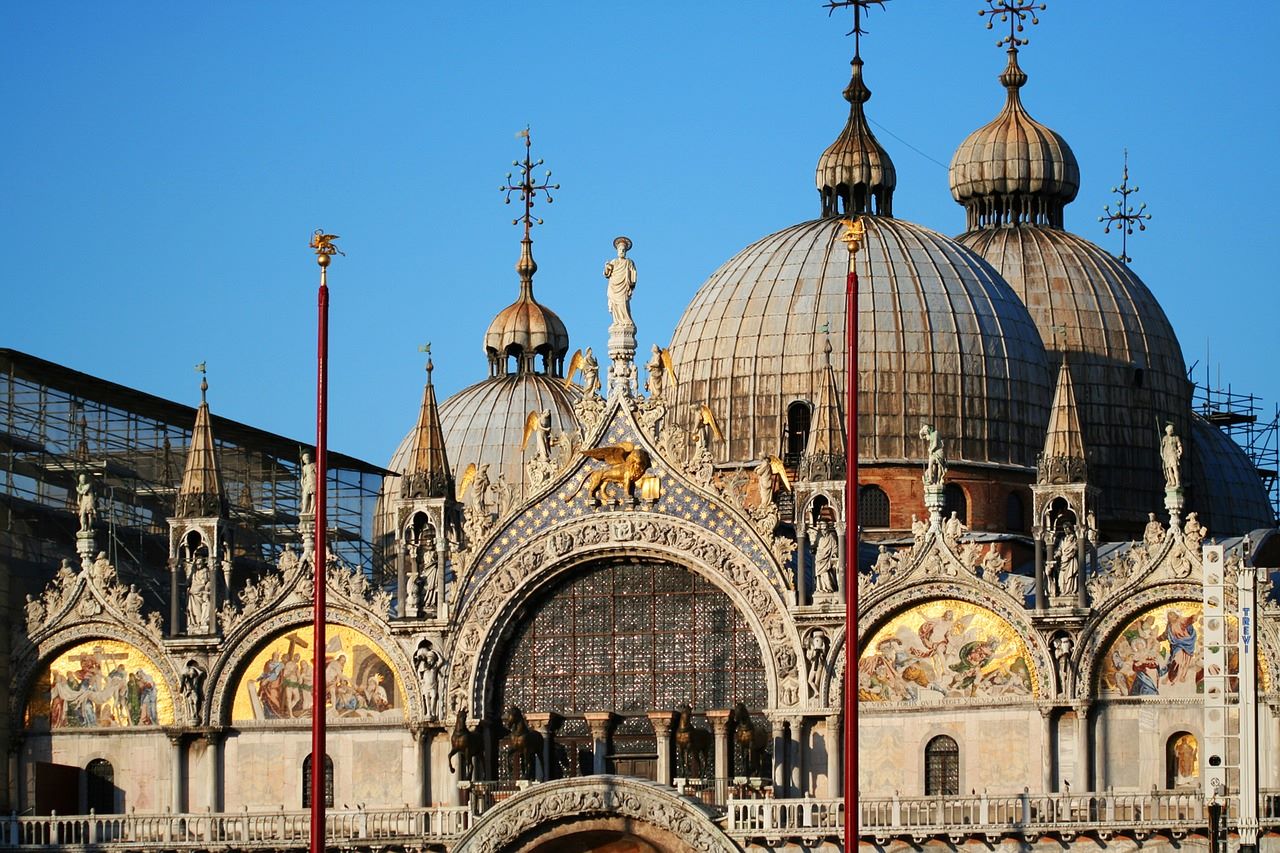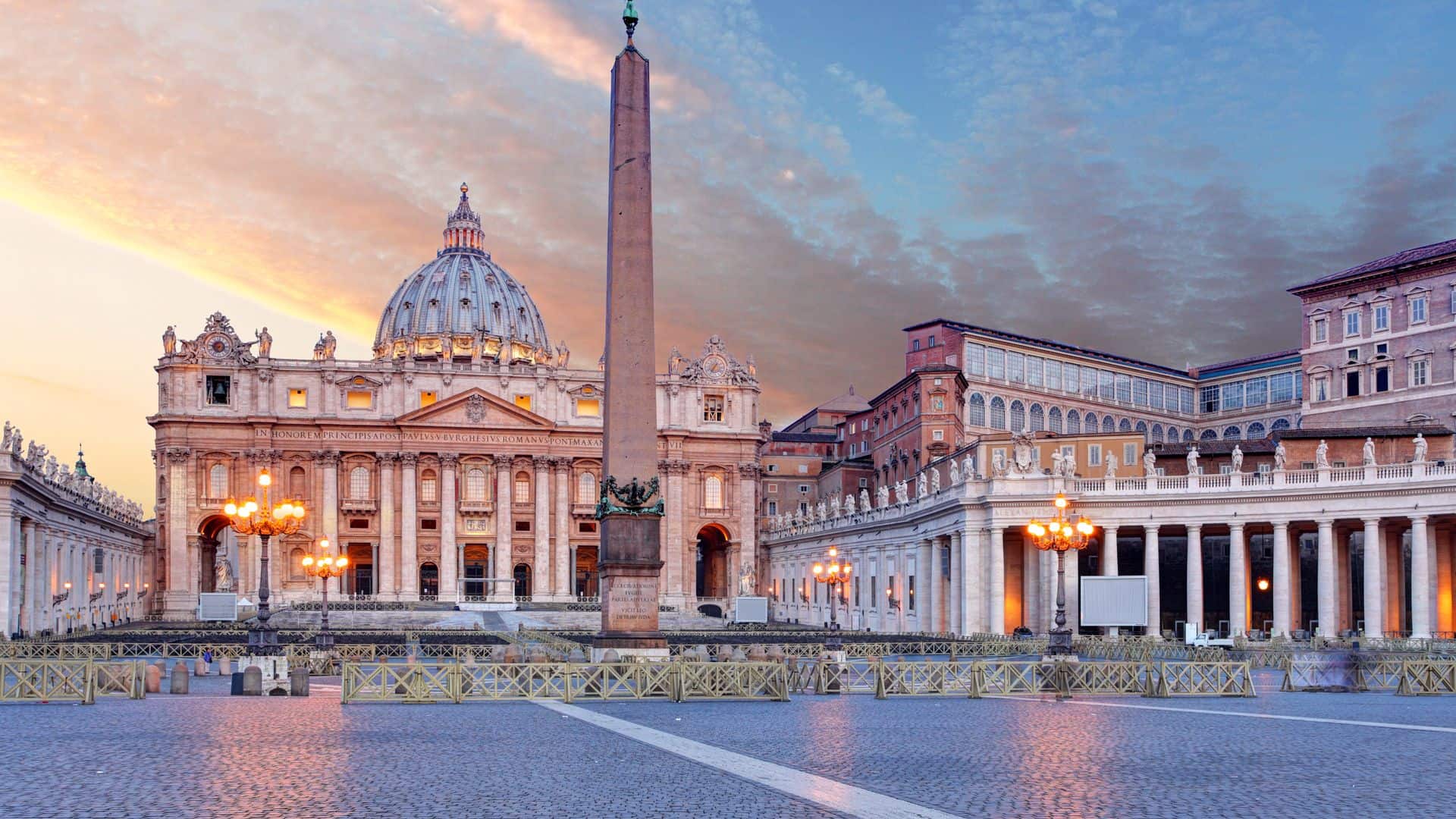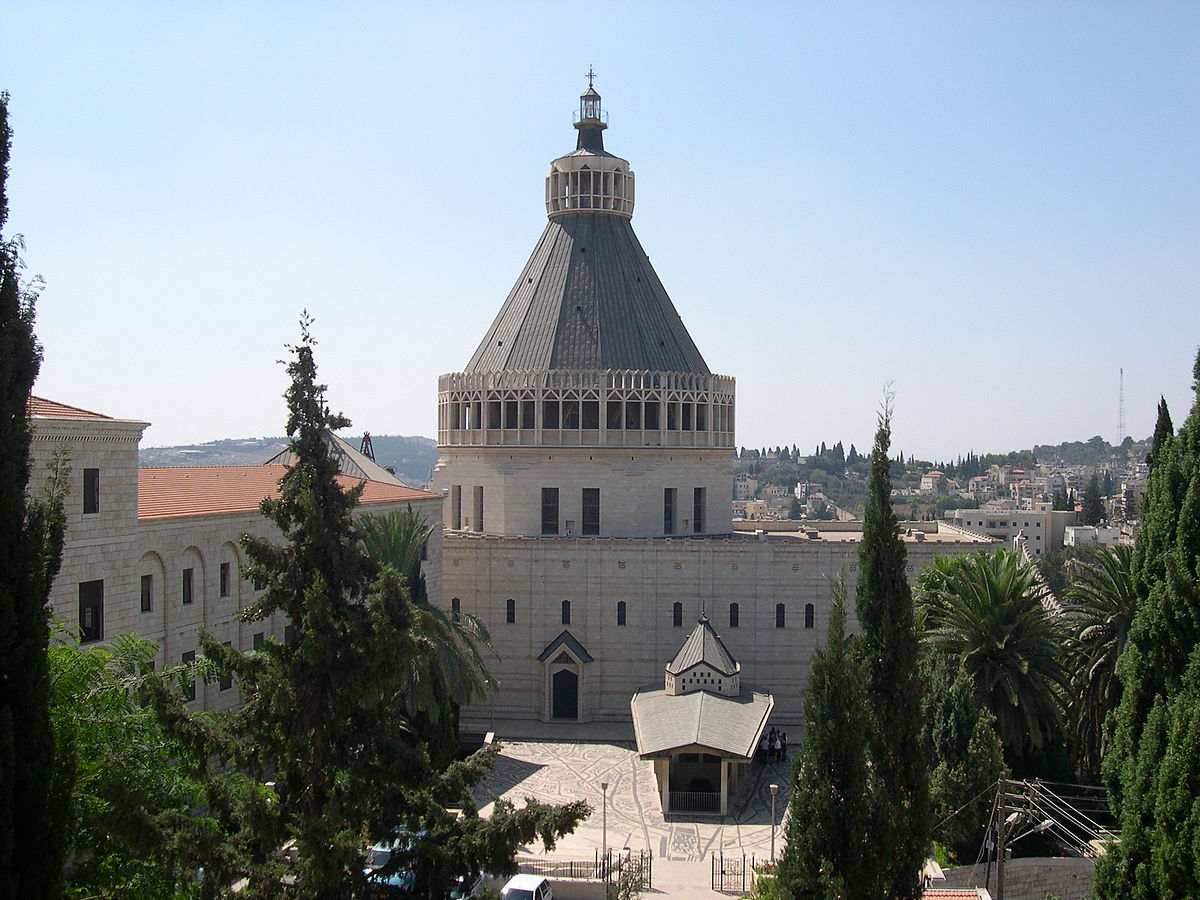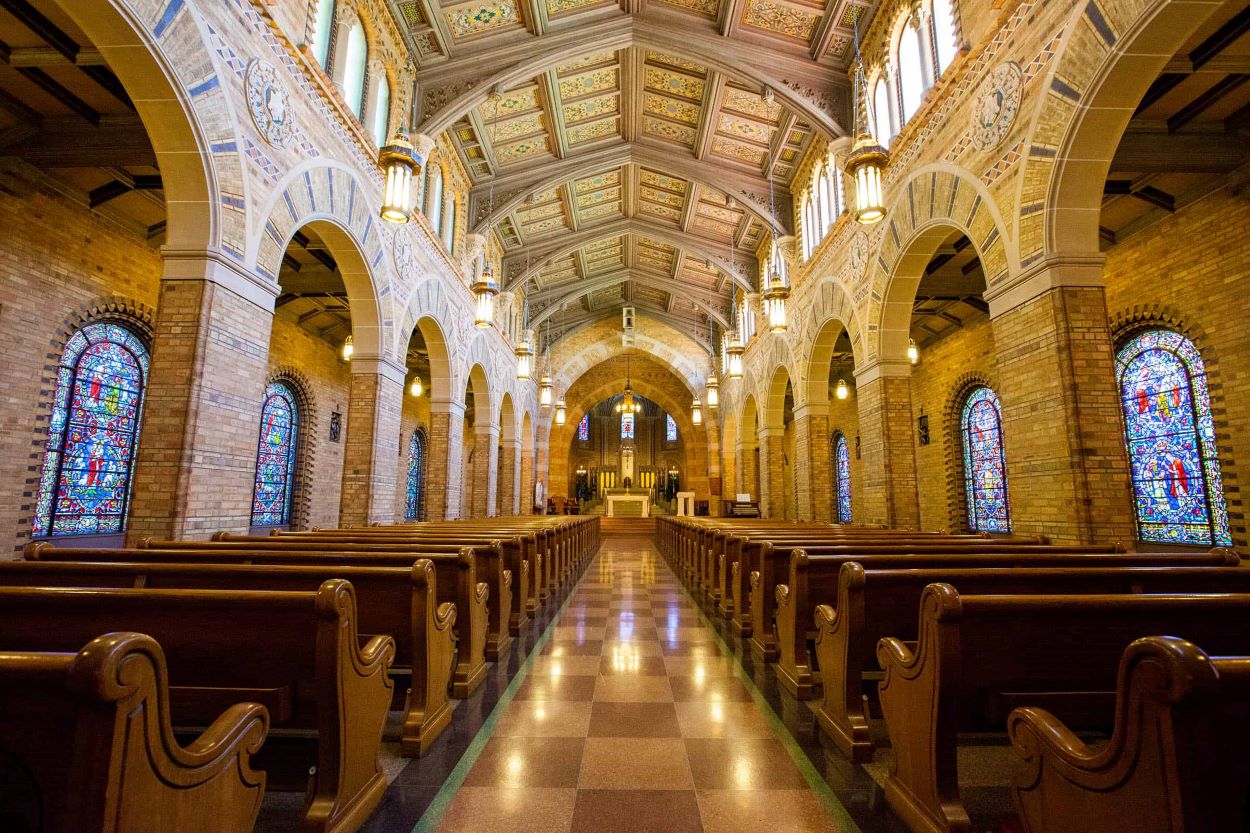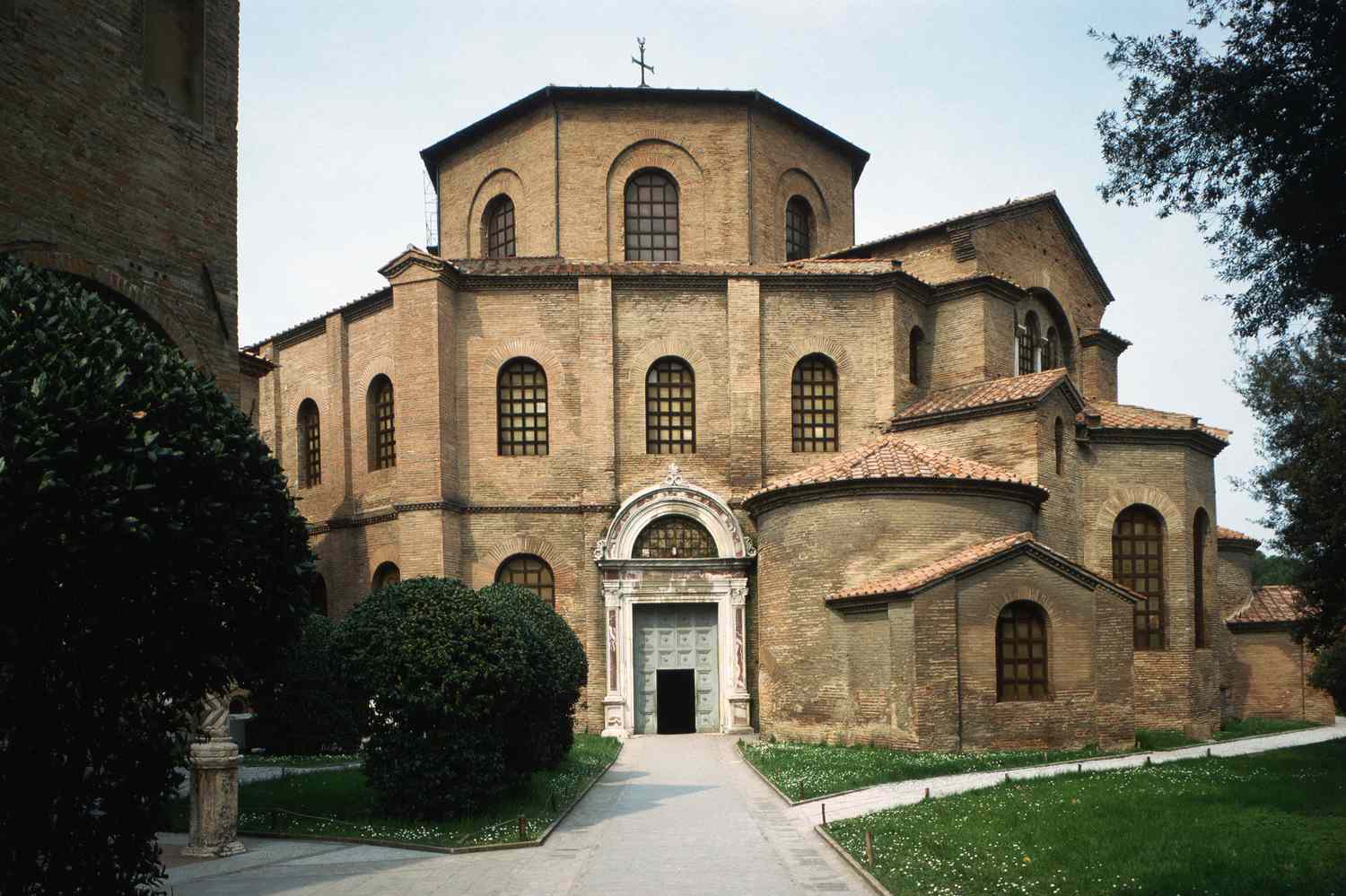Home>Arts and Culture>What Was The Basilica Ulpia Used For
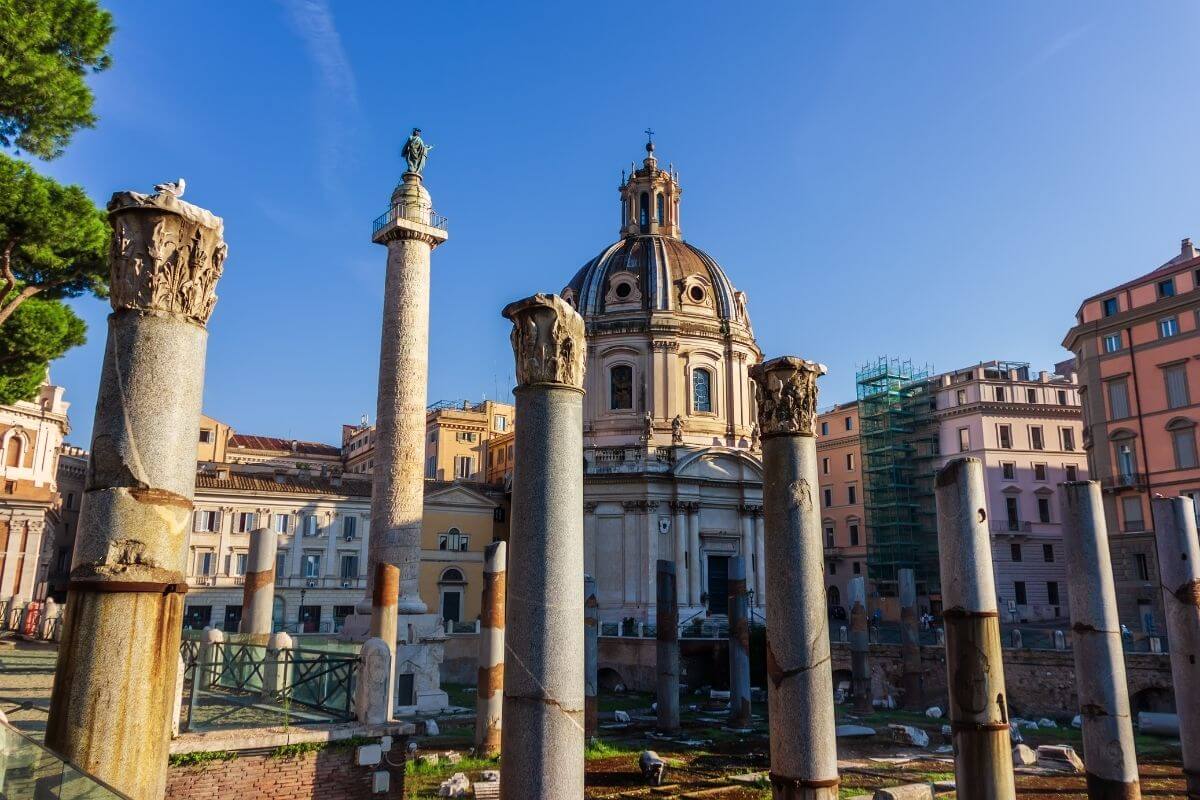

Arts and Culture
What Was The Basilica Ulpia Used For
Published: February 11, 2024
Ericka Andersen, an editor at Christian.net, expertly merges digital strategy with content creation, focusing on faith and societal issues. Her communication skills enhance the platform's engaging narratives, fostering meaningful dialogue on belief's impact on society.
Discover the fascinating history of the Basilica Ulpia and its significance in arts and culture. Uncover its role in ancient Roman society and architecture.
(Many of the links in this article redirect to a specific reviewed product. Your purchase of these products through affiliate links helps to generate commission for Christian.net, at no extra cost. Learn more)
Table of Contents
Introduction
The Basilica Ulpia, an awe-inspiring architectural marvel, stands as a testament to the grandeur and sophistication of ancient Roman civilization. This monumental structure, located in the heart of Rome, served as a multifaceted hub of social, legal, and commercial activities during the peak of the Roman Empire. Its significance transcends mere physical presence, as it embodies the ingenuity and vision of the Roman architects and engineers who crafted it with meticulous precision.
As we delve into the rich history and multifaceted functions of the Basilica Ulpia, we embark on a captivating journey through time, unraveling the layers of its purpose and impact on the ancient world. From its grand inauguration to its eventual decline, the Basilica Ulpia remains an enduring symbol of Roman innovation and cultural prowess.
Join us as we explore the grandeur and legacy of the Basilica Ulpia, delving into its historical significance, architectural splendor, and multifaceted roles that shaped the fabric of ancient Roman society. Let's embark on a captivating odyssey through the annals of history, where the Basilica Ulpia emerges as a timeless testament to the ingenuity and grandeur of the Roman Empire.
Read more: What Is A Roman Basilica
History of the Basilica Ulpia
The history of the Basilica Ulpia is deeply intertwined with the reign of Emperor Trajan, a pivotal figure in Roman history renowned for his ambitious architectural projects and military conquests. Commissioned by Emperor Trajan in the early 2nd century AD, the basilica was an integral component of the grand architectural complex that included the Trajan's Forum and Trajan's Column. Its construction marked a significant milestone in the urban development of ancient Rome, reflecting the emperor's vision of enhancing the city's grandeur and functionality.
The basilica was named in honor of Trajan's family name, Ulpius, symbolizing the emperor's profound connection to his ancestry and the esteemed lineage from which he hailed. Its construction commenced around 98 AD and was completed during the early years of the 2nd century AD, representing a remarkable feat of engineering and architectural prowess during the Roman Imperial period.
Designed by the esteemed architect Apollodorus of Damascus, the Basilica Ulpia stood as a monumental testament to Roman engineering and artistic excellence. Its imposing structure, characterized by grand colonnades and expansive interior spaces, reflected the architectural innovation and grandeur that defined the Roman Empire's urban landscape.
The basilica's construction was a testament to Trajan's commitment to urban development and civic enhancement, as it served as a multifunctional space for legal proceedings, commercial activities, and public gatherings. Its strategic location within the grand architectural complex of Trajan's Forum underscored its pivotal role as a focal point of social, political, and commercial interactions within ancient Rome.
As the centuries unfolded, the Basilica Ulpia endured the passage of time, witnessing the ebb and flow of Roman civilization. Its rich history and enduring legacy continue to captivate historians, archaeologists, and enthusiasts, offering a glimpse into the grandeur and sophistication of ancient Roman society. The history of the Basilica Ulpia stands as a testament to the enduring legacy of Emperor Trajan and the architectural ingenuity that defined the apex of Roman civilization.
Architecture of the Basilica Ulpia
The architecture of the Basilica Ulpia stands as a testament to the ingenuity and grandeur of ancient Roman engineering and design. Designed by the esteemed architect Apollodorus of Damascus, the basilica's imposing structure reflected the architectural innovation and sophistication that defined the Roman Empire's urban landscape.
The basilica's exterior facade was adorned with majestic columns, exuding a sense of grandeur and magnificence that captured the essence of Roman architectural splendor. The grand colonnades, crafted with meticulous precision, enveloped the exterior of the basilica, creating a striking visual spectacle that left an indelible impression on all who beheld it.
Upon entering the basilica, visitors were greeted by a vast interior space characterized by soaring ceilings and expansive dimensions. The central nave, flanked by rows of towering columns, evoked a sense of awe and reverence, underscoring the monumental scale of the structure. Natural light cascaded through the clerestory windows, illuminating the interior and accentuating the grandeur of the architectural design.
The basilica's architectural layout was meticulously planned to accommodate a diverse array of functions, serving as a multifunctional space for legal proceedings, commercial transactions, and public gatherings. The central nave, with its expansive dimensions and awe-inspiring ambiance, provided an ideal setting for public assemblies and ceremonial events, fostering a sense of communal unity and civic pride.
The architectural grandeur of the Basilica Ulpia extended beyond its physical dimensions, encompassing intricate decorative elements and ornate embellishments that adorned its interior spaces. Elaborate friezes, intricate mosaics, and sculptural reliefs adorned the walls and ceilings, infusing the basilica with a sense of artistic opulence and cultural refinement.
The architectural legacy of the Basilica Ulpia endures as a testament to the Roman Empire's unparalleled mastery of engineering and design. Its grandeur and sophistication continue to captivate modern-day admirers, offering a glimpse into the architectural prowess that defined the apex of ancient Roman civilization. The enduring legacy of the Basilica Ulpia serves as a timeless reminder of the ingenuity and vision that shaped the urban landscape of ancient Rome.
Functions and Uses of the Basilica Ulpia
The Basilica Ulpia, a monumental architectural masterpiece, served as a multifaceted hub of social, legal, and commercial activities within ancient Rome. Its grandeur and strategic location within the architectural complex of Trajan's Forum underscored its pivotal role as a focal point of civic life and public engagement. The functions and uses of the Basilica Ulpia encompassed a diverse array of activities that reflected its integral role in shaping the fabric of ancient Roman society.
Legal Proceedings and Administration
The basilica served as a prominent venue for legal proceedings and administrative functions, providing a dignified setting for judicial activities and bureaucratic operations. Its expansive interior space accommodated court hearings, legal consultations, and official deliberations, underscoring its significance as a center of legal governance and civic justice. The grandeur of the basilica's architecture lent an air of solemnity and authority to legal proceedings, reinforcing the gravity and importance of the judicial process within Roman society.
Read more: What Is The Meaning Of Basilica
Commercial Transactions and Economic Exchange
In addition to its role in legal affairs, the Basilica Ulpia functioned as a bustling center of commercial activities and economic exchange. The expansive interior spaces and colonnaded walkways provided an ideal setting for merchants, traders, and entrepreneurs to conduct business transactions, negotiate contracts, and engage in commercial dealings. The bustling energy of the basilica's commercial quarter epitomized the vibrancy and dynamism of ancient Roman commerce, fostering a spirit of economic prosperity and entrepreneurial endeavor.
Public Gatherings and Civic Events
Furthermore, the basilica served as a venue for public gatherings, civic ceremonies, and communal events that brought together the diverse populace of ancient Rome. The central nave, with its soaring ceilings and majestic ambiance, provided an awe-inspiring setting for public assemblies, ceremonial gatherings, and civic celebrations. From official proclamations and imperial edicts to cultural festivities and communal gatherings, the basilica encapsulated the spirit of civic unity and collective identity that defined the social fabric of ancient Rome.
Cultural and Intellectual Exchange
Moreover, the Basilica Ulpia facilitated cultural and intellectual exchange, serving as a meeting ground for scholars, philosophers, and intellectuals who engaged in scholarly discourse and philosophical debates. The intellectual vibrancy of the basilica resonated within its hallowed halls, fostering a spirit of intellectual inquiry and cultural enlightenment that enriched the intellectual landscape of ancient Rome.
Legacy of Civic Engagement
The multifaceted functions and uses of the Basilica Ulpia underscore its enduring legacy as a symbol of civic engagement, legal governance, commercial vitality, and cultural vibrancy within ancient Rome. Its architectural grandeur and multifunctional design embodied the essence of Roman urbanity, leaving an indelible imprint on the collective memory of ancient Roman civilization.
Read more: What Is The Basilica Cistern
Decline and Legacy of the Basilica Ulpia
As the tides of history ebbed and flowed, the Basilica Ulpia bore witness to the gradual evolution and eventual decline of the Roman Empire. The once bustling hub of civic life and cultural exchange gradually waned in significance as the centuries unfolded, marking the twilight of its illustrious legacy.
The decline of the Basilica Ulpia mirrored the broader societal shifts and geopolitical transformations that characterized the latter years of the Roman Empire. Economic instability, political upheaval, and external pressures contributed to the waning influence of the basilica, leading to a gradual decline in its prominence as a center of civic and commercial activities.
The legacy of the Basilica Ulpia, however, transcends its eventual decline, as it continues to resonate through the annals of history as a testament to Roman architectural ingenuity and cultural sophistication. Its enduring legacy serves as a poignant reminder of the grandeur and vitality of ancient Roman civilization, inspiring awe and admiration for the architectural prowess and civic vision that defined the apex of Roman urbanity.
The architectural legacy of the Basilica Ulpia endures as a timeless testament to the ingenuity and vision that shaped the urban landscape of ancient Rome. Its grandeur and sophistication continue to captivate modern-day admirers, offering a glimpse into the architectural prowess that defined the apex of ancient Roman civilization.
The legacy of the Basilica Ulpia extends beyond its physical presence, permeating the collective consciousness as a symbol of Roman cultural refinement and civic vitality. Its monumental significance as a center of legal governance, commercial exchange, and communal gatherings underscores its enduring impact on the social, political, and economic fabric of ancient Rome.
In the annals of history, the Basilica Ulpia stands as a timeless testament to the enduring legacy of Emperor Trajan and the architectural ingenuity that defined the apex of Roman civilization. Its grandeur and multifaceted functions continue to inspire awe and admiration, serving as a poignant reminder of the cultural and architectural splendor that characterized ancient Rome.
The legacy of the Basilica Ulpia endures as a testament to the enduring legacy of Roman innovation and cultural prowess, leaving an indelible imprint on the collective memory of ancient Roman civilization.
